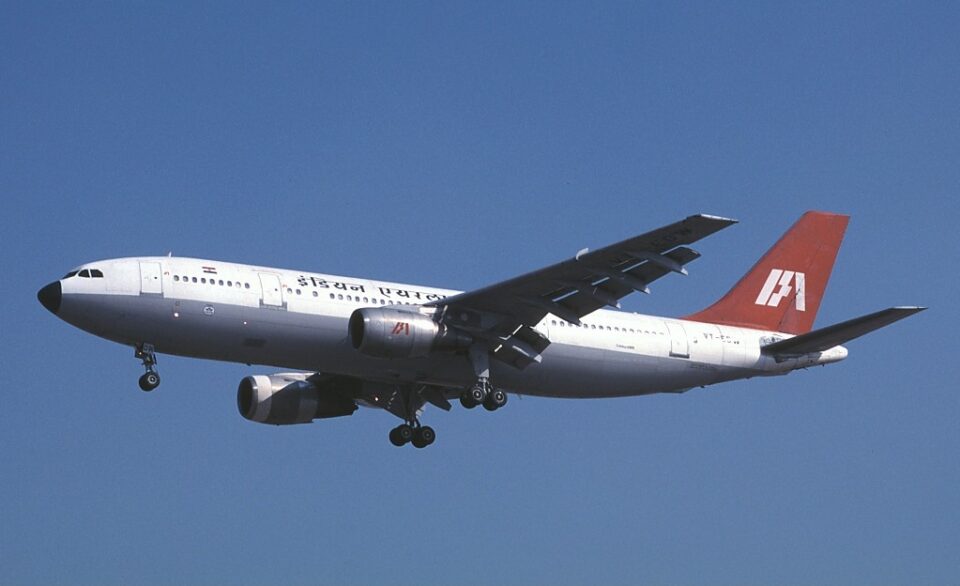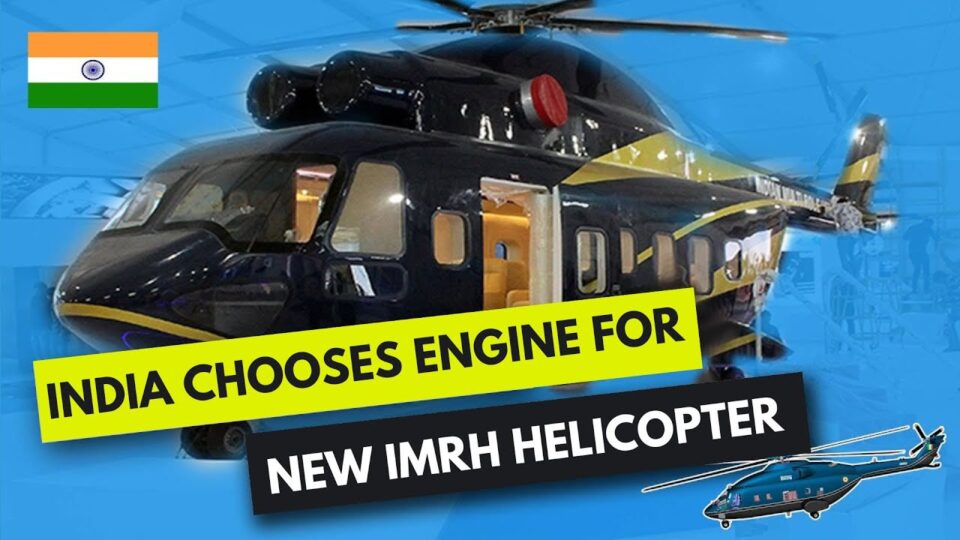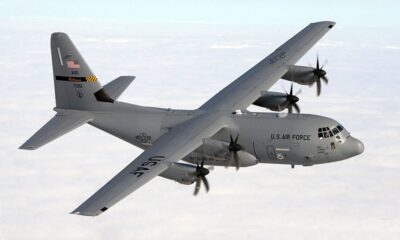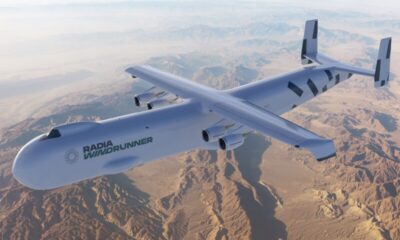Aviation
The Untold Story behind IC 814 The Kandahar Hijack

The Indian Airlines Flight 814 hijack, also known as IC 814, remains one of the most harrowing and controversial events in Indian aviation history.
The incident, which unfolded from December 24, 1999, to January 1, 2000, has recently been brought back into the spotlight with Anubhav Sinha’s Netflix series, IC 814: The Kandahar Hijack, released on August 29, 2024. aviation movies on netflix Adapted from the book Flight Into Fear by Devi Sharan and Srinjoy Chowdhury, the series delves into the seven-day ordeal that captured global attention.
Top 10 Most Well-Connected Airports Globally in 2024
The Hijacking: A Brief Overview
On December 24, 1999, Indian Airlines Flight 814 departed from Tribhuvan International Airport in Kathmandu, Nepal, bound for Delhi, India. Aboard were 180 passengers, including Roberto Giori, the then-owner of De La Rue Giori, a major player in the world’s currency-printing industry. Shortly after takeoff, the flight was hijacked by five armed men, who took control of the plane and its occupants.
The hijackers’ demands were clear: they wanted to be taken to Afghanistan, where they sought to negotiate the release of their comrades imprisoned in India.plane movies on netflix, As the plane was rerouted and forced to land in multiple locations, including a final stop in Taliban-controlled Kandahar, the crisis unfolded over the course of a week.
Key Figures and Events
Among the passengers was Shashi Bhushan Singh Tomar, a RAW officer and the then First Secretary in the Indian embassy in Kathmandu. Tomar was connected to N.K. Singh, secretary to then Prime Minister Atal Bihari Vajpayee. His presence added a layer of complexity to the already tense situation.
During the hijack, the hijackers demanded that passengers express their gratitude to the Afghanistan government. They collected money from the passengers, which was later given to Anuj Sharma, who was tasked with commissioning a memento of the hijacking for a museum in Kandahar.
7 best airplane movies to watch on Netflix
Indian authorities faced numerous challenges. Taliban fighters surrounded the aircraft to prevent any military intervention from India. This situation was compounded when Indian chief negotiator Ajit Doval and his team discovered the presence of two Inter-Services Intelligence (ISI) officers at the scene, one a lieutenant colonel and the other a major. Doval later suggested that the hijackers’ support from the ISI made a swift resolution of the crisis more difficult.
The Resolution
The standoff reached its climax on January 1, 2000, when, after eight tense days, the Indian government made the controversial decision to release three terrorists—Ahmed Omar Saeed Sheikh, Masood Azhar, and Mushtaq Ahmed Zargar—in exchange for the hostages’ freedom. This resolution, though saving the lives of the passengers, sparked widespread criticism and debate regarding the negotiation tactics and the implications of releasing high-profile terrorists.
Cultural Impact
The hijacking remains a significant historical event, not just because of its dramatic unfolding but also due to its broader implications for international security and terrorism. Anubhav Sinha’s series sheds light on this complex narrative, providing viewers with an in-depth look at the tactical, diplomatic, and personal challenges faced during the crisis. The series captures the chilling and thrilling aspects of the hijacking, offering a compelling story that was previously untold in such detail.

Aviation
India Launches Its Medium-Lift Class Helicopter Program, chooses New Engine

India’s longstanding need for a Medium Helicopter may soon become a reality as the country has fully ramped up its engine development efforts. This new helicopter is set to replace the Russian-built models currently in service and will play a crucial role across various scenarios for the Indian Armed Forces.
Hindustan Aeronautics Limited (HAL) and SAFHAL Helicopter Engines Pvt. Ltd. (SAFHAL) have launched a groundbreaking partnership to develop a state-of-the-art high-power engine named Aravalli.
This new engine will power the upcoming 13-ton Medium Lift Helicopter (IMRH) and the Deck-Based Multi-Role Helicopter (DBMRH), both of which are being designed and developed by HAL.
Named after the majestic Aravalli mountain range in India, the Aravalli engine symbolizes the country’s drive for self-reliance, or Aatmanirbharta, in critical engine technologies. This cutting-edge engine will be instrumental for the IMRH, a versatile 13-ton multi-role helicopter designed to meet the needs of the Indian armed forces, and the DBMRH, a 12.5-ton naval variant tailored for the Indian Navy.
The IMRH is poised to become a cornerstone of the Indian armed forces over the next decade. With its first flight expected in 3 to 4 years, the IMRH is anticipated to begin induction by 2030, with plans to integrate between 300 to 400 units, and potentially more in the future.
The IMRH is envisioned as a highly versatile multi-role helicopter that will enhance the operational capabilities of the Indian military. The DBMRH, designed for naval operations, will also face the challenges of high-altitude environments in regions such as Ladakh, Sikkim, and Arunachal Pradesh—areas of strategic importance due to their proximity to the China border.
In addition to its military applications, the Aravalli engine is projected to enter the civil market, serving roles in offshore operations, utility services, and VVIP transport. The long-term vision includes Maintenance, Repair, and Overhaul (MRO) activities to further extend the engine’s utility and support the aviation industry.
This collaboration between HAL and SAFHAL builds on their successful history of working together on the Shakti engine, which powers several HAL helicopters, including the Advanced Light Helicopter Dhruv, the Light Combat Helicopter Prachand, and the Light Utility Helicopter. The proven success of this partnership lays a strong foundation for the development of the Aravalli engine, setting the stage for a new era in India’s helicopter capabilities.

 Travel2 months ago
Travel2 months agoAir India to Expand US Operations with Three New Routes After a Decade

 Aviation3 weeks ago
Aviation3 weeks agoNew EU Carry-On Rules Begin September 2024: What to Expect

 Aviation1 week ago
Aviation1 week agoBoeing confirms 797: A New Era for Mid-Size Aircraft

 Airlines2 months ago
Airlines2 months agoAir India Rolls Out A350s for Delhi-New York JFK and Newark Routes

 Travel2 months ago
Travel2 months agoWhy We Should Avoid These Stamps in a Passport

 Aviation7 days ago
Aviation7 days agoLockheed and Tata Team Up to Build C-130J MRO Facility in India

 Aviation1 month ago
Aviation1 month agoMeet WindRunner: The World’s Heaviest and Largest Aircraft Ever Built

 Airport2 months ago
Airport2 months agoTop 10 Largest Airports in the World by Size








You must be logged in to post a comment Login